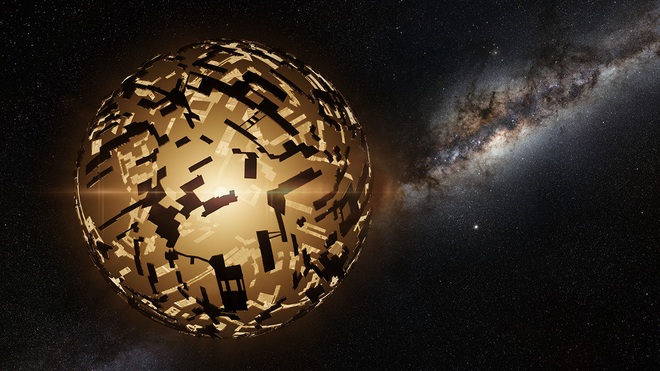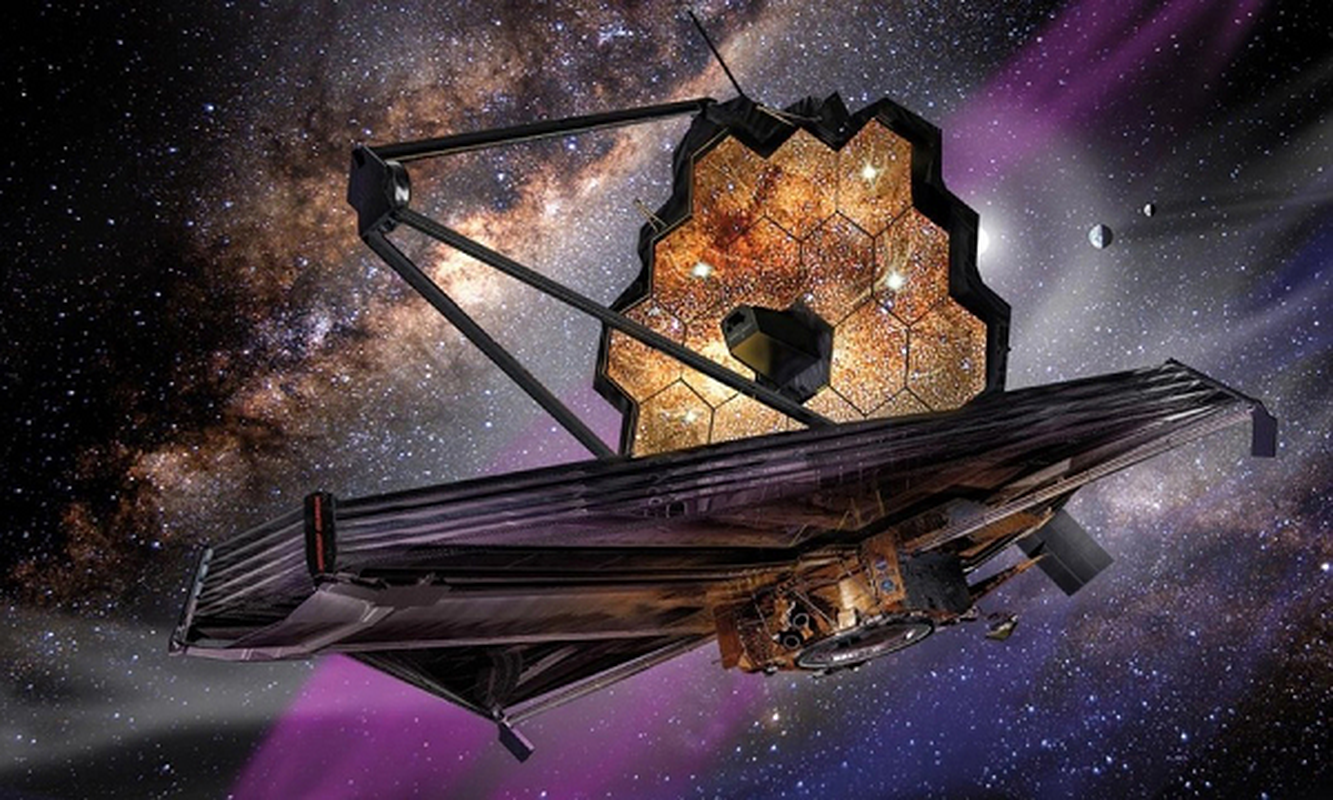Over the past decade, we have created amazing instruments that make it possible to observe the stars and discover the many planets that revolve around them. These prompted the search for other life forms beyond Earth. In particular, the SETI project focuses on finding intelligence in outer space. If life can arise on other planets, why don’t we look for signs other than chemical signs like the presence of oxygen?

Can aliens build giant structures around black holes?
In 1993, NASA abandoned an exploration project to search for microwave signals of artificial origin in space. This event put the search for signs of the technology on hold for several decades.
Cody studies the natural causes of stars flickering against the dark background of the Universe. They may be due to objects orbiting the stars or black spots on the surface of the celestial body. This is one of many ways to probe to see if there are objects around the stars, and maybe there are objects orbiting the stars that are a super ant built by aliens.

In 2015, private investor Yuri Milner began funding Breakthrough Listen $100 million to carry out 10-year research. The money allowed for many developments, some of which were even published in many of the top astronomical journals.
Even the US Congress was interested, so NASA organized the Technology Signs workshop in September 2018.

Breakthrough Listen project at SETI Research Center Berkely
In 2019, NASA funded Adam Frank from the University of Rochester and colleagues to find out if there are any planets that show signs of pollution, or have solar cells covering the surface. This is the first project to look for signs of technology beyond radio waves, funded by NASA.

Since 2019, NASA has awarded $4,000 to fund the search for signs of technology. In November 2020, NASA provided a $1,000 grant to Ann Marie Cody of NASA’s Ames Research Center and Steve Croft, former astronomer and Breakthrough Listen project leader at the SETI Berkely Research Center. These two scientists are tasked with observing the entire sky to identify if there are any unusual objects in the universe.

Mr. Croft thinks astronomy has evolved enough to spur the search for extraterrestrial intelligence. Thanks to telescopes like Kepler and TESS, astronomers believe that 1 out of every 5 planets has potential conditions for life. NASA also spent billions of dollars on astrobiological research last year, including the Mars Rover probe, which aims to probe life on Mars.
The team’s strategy is to “find anomalies” – in other words, unusual changes in the light from stars. The difficulty lies in the large amount of data. The team is developing machine learning algorithms to automatically classify from data collected by the TESS space telescope. As a result, scientists can quickly detect anomalies.
Source: GENK & Newspaper of knowledge and life.








